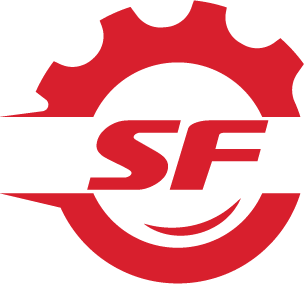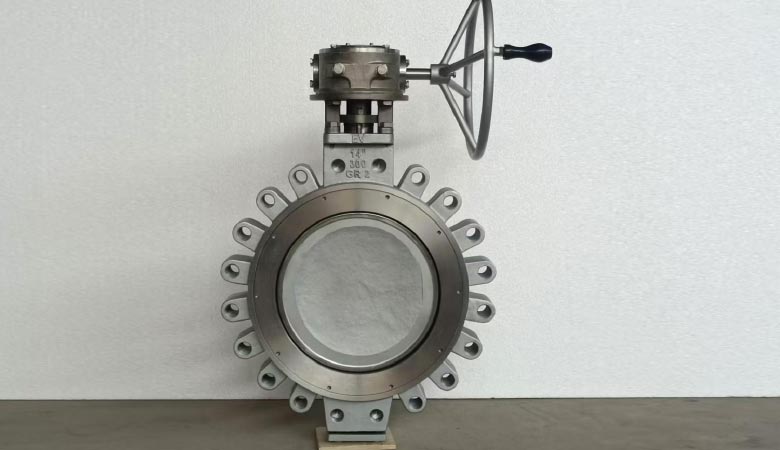In the demanding environment of dye manufacturing plants, where corrosive chemicals, high temperatures, and precise process control are paramount, high-performance butterfly valves play a crucial role. These valves are engineered to withstand extreme conditions, ensuring safe, efficient, and environmentally responsible operations. This article explores the key applications, advantages, and selection considerations for high-performance butterfly valves in dye production.
Key Applications in Dye Manufacturing:
Reaction Vessels and Synthesis Systems:
- These valves handle aggressive media like strong acids (sulfuric, hydrochloric), alkalis (sodium hydroxide), and organic solvents (DMF, acetone).
- They facilitate precise control of reaction conditions (temperature, pressure) through rapid opening and closing.
- Material selection, such as PTFE/PFA lining or Hastelloy alloys, is critical for corrosion resistance.
Dye Intermediate Transfer Pipelines:
- Designed to handle high-viscosity liquids and slurries (e.g., disperse dye slurries).
- Double or Triple offset designs minimize fluid resistance and prevent blockages.
- Hard seals (e.g., silicon carbide coatings) resist abrasive wear.
High-Temperature Steam Systems:
- Used in dye drying and post-processing, where steam lines endure high temperatures (150-200°C) and pressure fluctuations.
- Metal hard-seal valves (e.g., stainless steel with graphite seals) provide reliable high-temperature performance.
Wastewater and Exhaust Gas Treatment:
- Essential for meeting stringent environmental regulations by ensuring zero-leakage control of dye residues, acidic/alkaline effluents, and VOCs.
- Double offset and resilient seat designs prevent harmful emissions.
Core Advantages of High-Performance Butterfly Valves:
Superior Corrosion Resistance:
- Material options: PTFE/PFA lined, Hastelloy C276, Titanium alloys.
- Tailored solutions for various corrosive media.
Reliable Sealing:
- Double or Triple offset design for friction-free operation and extended seal life.
- Multi-layer metal hard seals for high-temperature and high-pressure applications.
Precise Control:
- High-accuracy actuators (electric, pneumatic) with 4-20mA feedback for accurate flow regulation.
Simplified Maintenance:
- Modular design for quick seat and disc replacement, minimizing downtime.
Selection Considerations:
Media Compatibility:
- Match valve materials to the pH, temperature, and particulate content of the process media.
Pressure Rating:
- Select soft-seal valves for low-pressure systems and hard-seal valves for high-pressure or vacuum applications.
Automation Needs:
- Use electric actuators for frequent adjustments and pneumatic actuators for hazardous areas.
Conclusion:
High-performance butterfly valves are indispensable in dye manufacturing, offering solutions to corrosion, high-temperature, and sealing challenges. Proper selection and maintenance of these valves are crucial for enhancing safety, efficiency, and environmental compliance.
Contact Shengfei today for high-quality butterfly valve solutions tailored to dye manufacturing processing needs.
Web: www.shengfeimachinery.com
Mail: sales@shengfeimachinery.com

